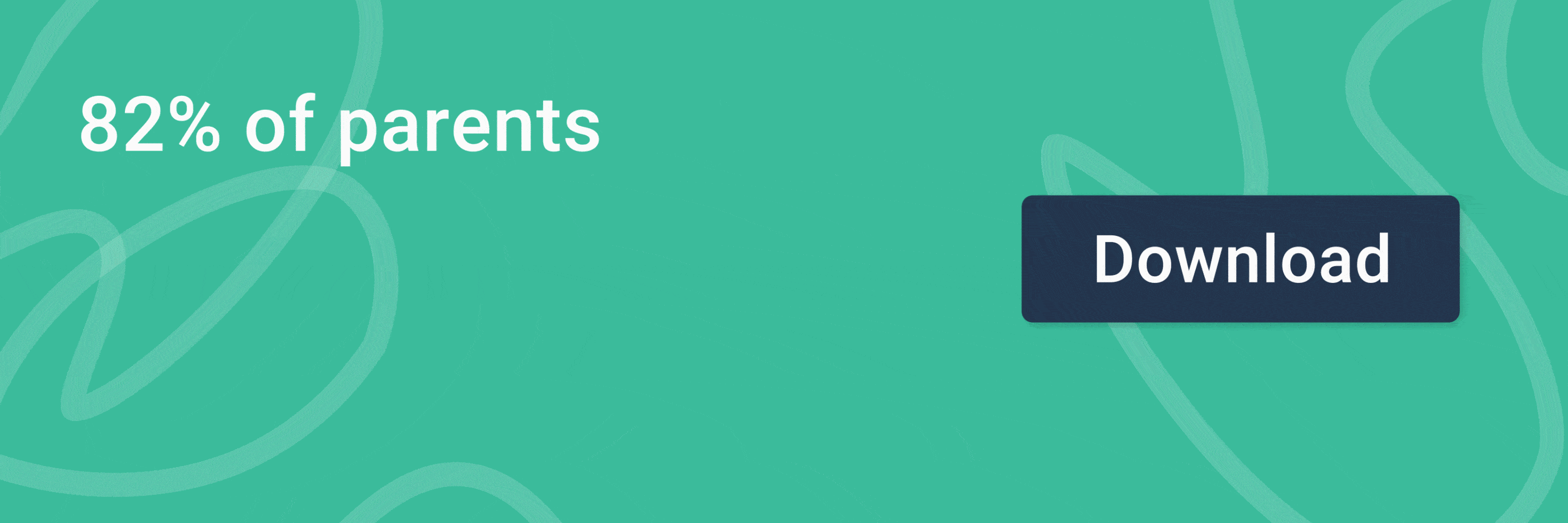Author: Ben Greenwood
Posted: 11 Oct 2019
Estimated time to read: 3 mins
Almost every school has a communication policy, but despite constantly evolving technology, they are notoriously slow to keep their policy up-to-date with the latest trends. By regularly revising your school’s communication policy and streamlining your methods of communication, you not only make it easier for staff and parents to be on the same page, you can also it play a pivotal role in helping to reduce teacher workload.
Reducing teacher workload is an important priority to set, especially when you consider the current teacher retention crisis and new Ofsted focus. Minimising secondary elements of a teacher's job, like communications, admin and data management, safeguards teachers’ mental health and improves lesson quality for students.  So with this in mind, we’re going to look at how you can make communications work for all stakeholders in your school:
So with this in mind, we’re going to look at how you can make communications work for all stakeholders in your school:
Dedicated office hours
Smartphones are engineered to provide us with information and notifications in every crevice of our lives. But hardworking teachers are already being bombarded with messages and emails during the work day, when it’s time to go home, they should be able to switch off, or at least finish marking those papers in peace!
Introducing dedicated ‘office hours’ and having teachers stop sending or receiving non-important communications (emails, calls and messages) outside of these hours encourages staff to take a ‘communication detox’ when at home. Well-rested teachers are happy teachers.
School communication apps
In the age of education platforms and e-learning software, schools are becoming increasingly tech-savvy. But this mindset doesn’t always stretch to communications. In fact, many schools rely on emails and text messages between teachers that aren’t integrated in any way with other school services. By taking school communications online, within a dedicated app, schools can better organise their data and ensure that staff are not wasting time on inefficient communication methods.
Communication between the school and parents is a two way system, so opening up a channel between parents and teachers is necessary. However, safeguarding teachers’ time may also mean limiting parents’ access to teachers. This is easily achievable via a school communication app that gives parents insight into their children’s school life, without the need for contacting a teacher.
Clearly displaying communication policy
Every school should have a communication policy that is easily accessible and well communicated so that parents, teachers and even students are aware of the school’s communication protocol. Most schools display their communication policy online via their website, where it can be accessed without having to log in to an account.
Regular policy reviews
SLT need a birds-eye view of school communications, to ensure they are consistent throughout the school and that messaging is coherent and accurate. Keeping track of communications metrics makes it easier for SLT to closely review policy and constantly improve methods, including:
- School planner notes
- Emails
- Phone calls home
- Letters home, posted or sent with students
- Text messages to teachers
- Messaging via education software
Identifying how important each channel of communication is and how effectively it is used can lead to a more efficient policy, with less time spent on excessive activity and more time dedicated to important tasks like planning insightful and valuable lessons.
Keep parents, students and teachers up to date
Any substantial changes to communication policy should be made known to staff, parents and students well before they are implemented. This ensures that policy is fair and that all stakeholders are able to follow the school’s policy for optimum efficiency. It also reduces any time spent explaining communication policy to parents, either over the phone or in person.
By maintaining a clear and consistent communication policy that staff, students and parents can easily follow, you can reduce the impact of school communications on teacher workload and improve the efficiency of communication for all stakeholders.



